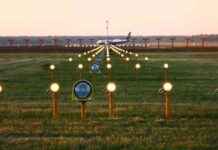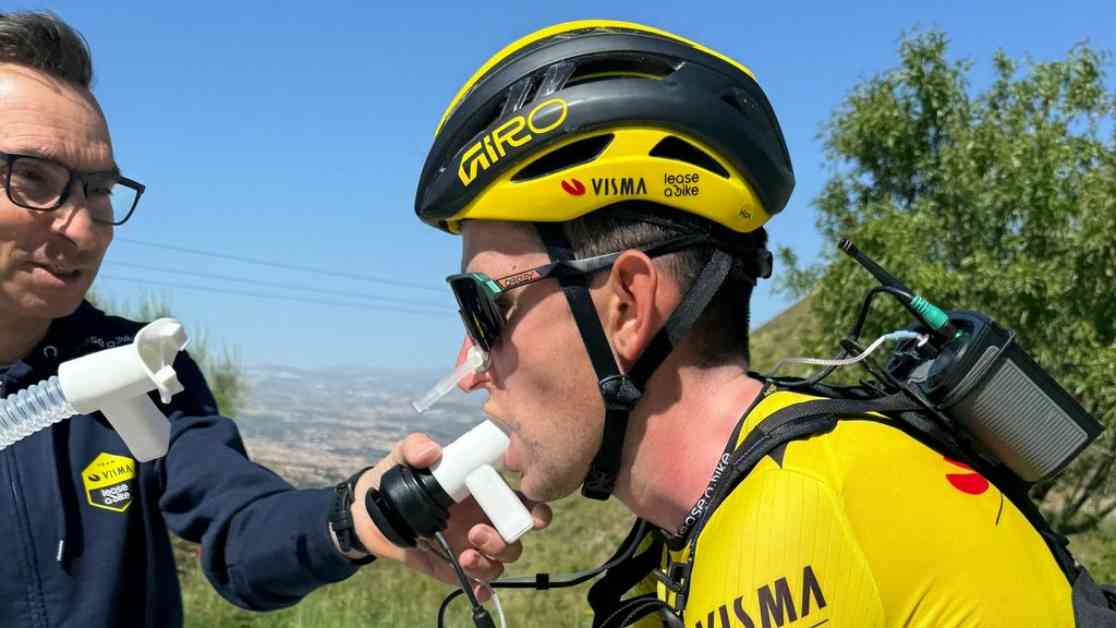the iron through the end of Finland were inhabited by separate, divergent groups of people. All of these have contributed to the nykysuomen subject to charge.
the Early Finnish DNA lines shed light on the nykyväestön a multi-pronged origin. This comes out in the Helsinki and Turku universities in the new genetic research. So far, it is a wide ancient DNA study of Finland in the area of people.
the Study has elucidated the genetic heritage of over a hundred individual archaeological bone samples 300-1800-century. Most of the samples is the iron age (ca. 300 to 1300 share.) and the middle ages (ca. 1200-1500 share.).
the Professor Päivi Onkamon according to the additional information corresponding to the time of the people is coming, for now the 103 individuals they found out the mother lines.
It is a lot of, several of these studies have only a few dozens of samples. We are also getting genome-wide data, which tells more than just the mother lines, Onkamo said.
Now individuals are isolated from the mother all the children inherited mitochondrial DNA and thus cleared of female population history.
based on the results of the iron age and the middle ages in Finland, to live with humans occurs the same mitochondrial lines as nykysuomen contested. In particular, the iron age at a different graveyard of buried charged by differed from each other significantly.
according to the researchers, the iron age in Eastern and Western Finnish populations, the observed differences are opposite those of the nykysuomen subject: ancient farmers combined lines are more common in the east and the hunter-collectors, inherited from the line in the west.
This selitettyy that the farmer population has arrived in the Finnish territory to the west and south, but also east.
the Ancient finns genome research mind that bones preserve well in the Finnish soil.
– Usually 2, 000 years is the bones of the maximum preservation period. These now investigated are less than 2, 000 years of age, i.e. the century from 300-1800. This age bone samples in Finland we have, however, several hundreds of, even if the parents did not then not, Päivi Onkamo said.
Medieval tomb Hiitolan village in the bay of graveyard hill-stanislav BelskiyLännessä were collectors, in the east farmers
Today, western Finland see more DNA lines, which in the past were common east of the farmer groups. The ancient finns, the discoveries reveal, however, more.
stone age to the hunter-gatherers of the typical mother inherited DNA lines were common Eura Luistarin and Hollola kirk kaila the hill to bury in. Hiitolan village bay in Karelia and Mikkeli Tuukkalassa were again the most common lines that are characteristic of Europe’s ancient farming systems.
Seppo Suvela / Yle
the Five included in the study had iron daily burial ground is located in the Southern Ostrobothnia Levänluhdassa. There buried a large part of the represented nykysaamen types of combined DNA lines.
– All of the above, its origins in different lines are common in Finland also today. This suggests that the investigated iron-hour populations are affected nykysuomen subject to charge, said doctoral student Sanni Översti of the university of Helsinki bio – and environmental science from the faculty of.
in the Study were also included in the historic and modern period cemetery Pälkäneen ruin of the church, the Porvoo cathedral, Renko st. James’s church, Turku Julin’s plot as well as in Hamina in the regiment field.
the Research has been conducted in Helsinki and Turku university of finno-ugric ancient genome (SUGRIGE) project.
Earlier, the project has published an article Ancient DNA reveals: sami and Finnish is the same siberian genome (switch to another service)
on Friday 15.11. published Scientific Reports -the article can be found here: Human mitochondrial DNA lineages in the Iron-Age Fennoscandia suggest incipient admixture and eastern introduction of farming-related maternal ancestry (2019). (you move to another service)
see also
the way these people were a mystery open a little bit: buried in the DNA close to the nykysaamen types
a DNA study showed: Leväluhdan mysterious deceased were a time in the little people
in our Genes hiding in the unknown ancestors – according to the researchers, they can be found in several
HS monthly supplement to the case sugr art project 3.3.2018. (you move to another service)
Subscribe Yle newsletters!
Get Overeating the best content straight to your inbox!
Proceed to order








